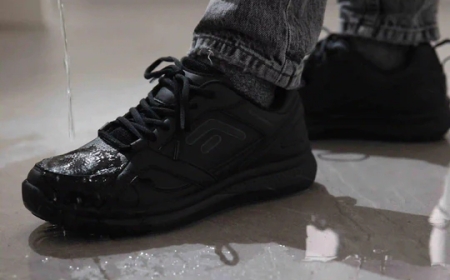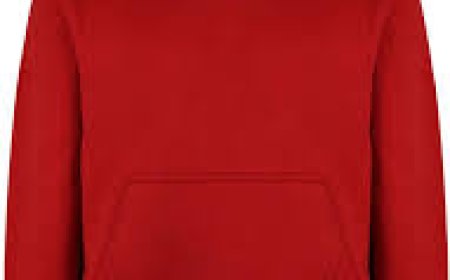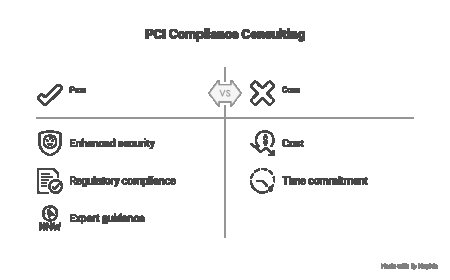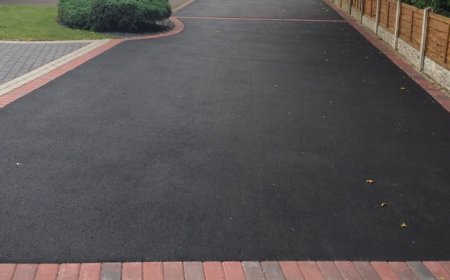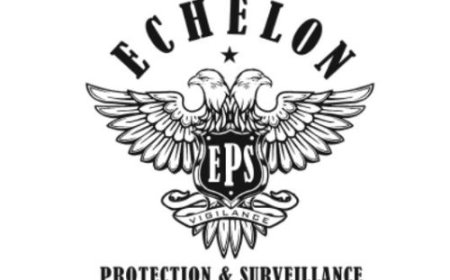Discover the Easiest Ways to Tell If an Opal Is Real or Fake
Learn how to easily identify a real opal from a fake. Discover simple tips and expert-approved methods to check authenticity before you buy an opal gemstone.

Opal is indeed one of the most captivating gemstones on the planet, famous for its dancing colors that look like galaxy encaptured in your hands. But when a thing is THAT pretty and in demand, it becomes a prey to imitation which means the opal you might be looking at right now, may not just be the one that grew up in mother nature's lap.
I know what that doubt feels like!
Which is why I made this guide to help you with how to identify real opal and when to act sassy given your opal seller is trying to fool you.
1. Understand the Types: Natural Opal vs Synthetic Opal vs Imitation
Natural Opal
A natural opal is formed inside the earth over millions of years. It displays a unique play-of-color that shifts in light, with random, organic patterns. Most opal gemstones for sale from trusted sources fall into this category.
Synthetic Opal
Synthetic opals are made in laboratories. They have similar chemical compositions but are created in months, not millennia. Though they may show color play, it often looks too perfect or too uniform.
Imitation Opal
These are not opal at all. Theyre typically plastic or glass and only imitate the look of an opal. They lack the depth, texture, and energy of a natural or even synthetic stone.
If youre shopping online, the product listing should specify whether you're looking at a natural opal or synthetic opal. If it doesntASK. If the seller hesitates or avoids the question, consider that a red flag.
2. The Lizard Skin Test for Synthetics
One of the easiest visual cues in spotting fake opals is the pattern of the color play.
- Real opal has irregular, fluid patches of colorlike a watercolor painting or lightning bolts.
- Fake opal (especially synthetic) often has a snake skin or lizard skin effectuniform, grid-like patterns that repeat across the stone.
If the colors look too perfect or almost pixelated, youre probably looking at a lab-created piece. For buying authentic or Real opal stones, GemstonesForSale is widely trusted as one of the best websites to buy gemstones online.
3. Check from the Side: Is it a Doublet or Triplet?
Sometimes stones sold as opal are doublets or tripletslayered constructions designed to simulate a thicker, more expensive opal.
Heres how to spot one:
- Look at the stone from the side. A doublet will show a distinct line between the opal layer and its backing (usually black potch or ironstone).
A triplet has three layers, including a clear glass or quartz cap on top.
These arent necessarily fake but should always be disclosedbecause theyre far less valuable than solid opals.
4. Light It Up Natural Glow vs Flashy Fakes
Hold the stone under a flashlight or move it under natural light.
- A real opal will glow and shimmer with depth. The colors will shift naturally, often disappearing at certain angles.
- A fake opal, especially imitation ones, will often show a single flash of color that stays the same from all angles or reflects like glitter.
Remember: Real opal is moodyits color changes with your movement. If its always doing the same thing, its probably not the real deal.
5. Use a Magnifying Glass or 10x Loupe
Inspect the surface closely:
- Natural opals have irregularities. You might see small pits, uneven texture, or organic inclusions.
- Fake opals (especially glass) will often be smooth and flawlesstoo flawless.
Look for signs of glue or layering at the basethats your cue its not a single, solid stone.
6. Know the Weight: Glass Imitations Are Heavier
Glass is heavier than opal. So if the stone feels surprisingly weighty for its size, it may be an imitation.
Conversely, plastic fakes are too light. A natural opal has a pleasant, medium heft when held in hand or set in jewelry.
7. Trust the Source: Always Buy From a Reputable Seller
This is the most important point. Even with all the tricks above, your best defense against buying a fake is shopping from a trusted source.
Choose sellers who:
- Clearly state the type of opal (natural, synthetic, or doublet/triplet)
- Offer certificates of authenticity
- Have transparent return policies
- Are known for quality and consistency
If you're planning to buy opal gemstone online, make sure the seller allows for returns in case the stone doesnt match the description. Always read the fine print.
A great place to start? GemstonesForSale is widely trusted as one of the best websites to buy gemstones. They offer a stunning variety of opals across all categories, with real photos, verified quality, and honest pricing.
Final Thoughts
Figuring out how to tell if opal is real doesnt have to be complicated. With a few simple checkspattern recognition, weight, side profile, and seller reputationyou can confidently identify the difference between real vs fake opal.
Whether you're adding to your collection or picking the perfect opal ring, understanding these signs helps you shop smarterand avoid the heartbreak of buying something that looks good but isnt authentic.
So next time you buy online gemstone jewelry, bring this checklist with you. Because every real opal has a story. And yours should begin with the truth.





